Newsletter: Summer is coming. Itâs getting hotter. Can California keep the lights on?
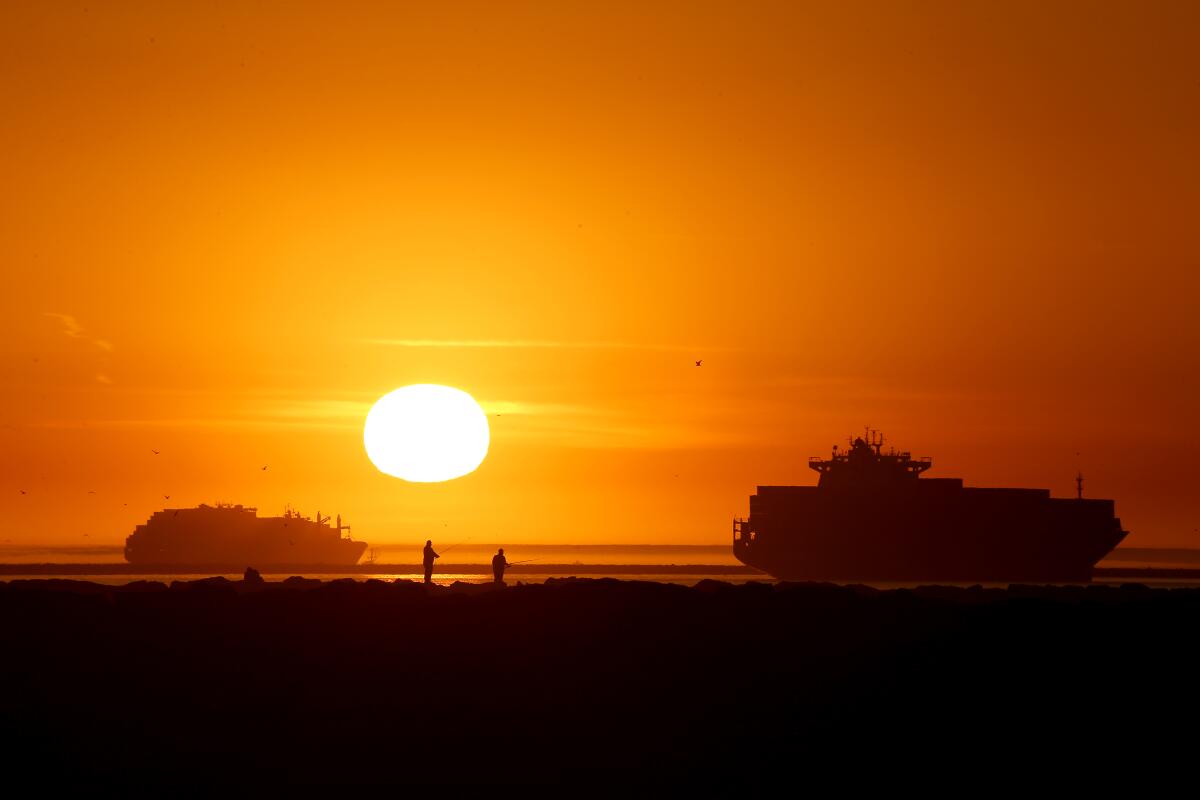
This is the June 3, 2021, edition of Boiling Point, a weekly newsletter about climate change and the environment in California and the American West. Sign up here to get it in your inbox.
It feels like just yesterday that California was roiled by rolling blackouts during an epic summer heat wave.
But that was nearly a year ago, and now summer is dawning once again. Across the West, power grid managers and utilities are preparing for heat waves, and for the dry, windy conditions that have toppled electrical infrastructure and ignited wildfires.
Temperatures are already spiking, which is happening more frequently as the planet warms. Itâs not too bad in Los Angeles, but the mercury was forecast to hit 107 degrees in Californiaâs Central Valley on Wednesday, two days after a 109-degree record was set in the Northern California city of Redding, per the New York Timesâ Derrick Bryson Taylor. States including Montana, Nevada, Oregon and Washington are also scorching, with temperatures well above average for this time of year.
The California Independent System Operator, which runs the power grid for most of the state, says weâve got enough electricity supply on hand at the moment. But blackouts loom as a threat later this summer.
How big a threat, exactly? I had the chance to ask state officials that question during a panel discussion hosted by the Sacramento Press Club last week. My co-moderator was Ashley Zavala, California Capitol correspondent for KRON 4 News.
It was a fascinating conversation featuring Elliot Mainzer, president and CEO of the Independent System Operator; state Sen. Mike McGuire (D-Healdsburg), whose district has suffered some of Californiaâs worst fires sparked by electrical wires; Susan Kennedy, a former top advisor to Govs. Gray Davis and Arnold Schwarzenegger who also served on the California Public Utilities Commission and founded the energy software company AMS; and Bob Foster, former president of Southern California Edison.
Here are some highlights from the discussion, edited and condensed for clarity.
ME: Elliot, right up until your agency pulled the trigger last August, I didnât think rolling blackouts were going to happen. Looking ahead to the next few months, do you think people should be preparing for this again?
ELLIOT MAINZER: Guarded optimism is a reasonable way to state it. If we get relatively modest temperatures across the West, or if itâs hot in California but not hot in adjacent states â given the resource additions that weâve had since last year, given the fact that the infrastructure going into the summer is in pretty good shape â we should be fine.
If we get into another big West-wide heating event like we saw last year, our numbers tell us the grid will be stressed again. But we will be reaching out actively to consumers and industry to conserve energy. The Flex Alert program and calls for conservation that were absolutely instrumental last summer, particularly after the 14th and 15th of August, are going to be essential.
BOB FOSTER: Yeah, we could have blackouts again. A more important issue is what we do over the next six years to fill the gap from things like the Diablo Canyon nuclear plant and the coastal gas plants going off the system. I happen to believe in the carbon and renewable goals we have, and the quickest way to kill them is to have reliability problems. We need to avoid that.
The recent action by the Public Utilities Commission was a real step in the right direction. I finally see some urgency. I see a more than adequate amount of new energy being proposed â over 11 gigawatts. I wish it would have happened a year ago.
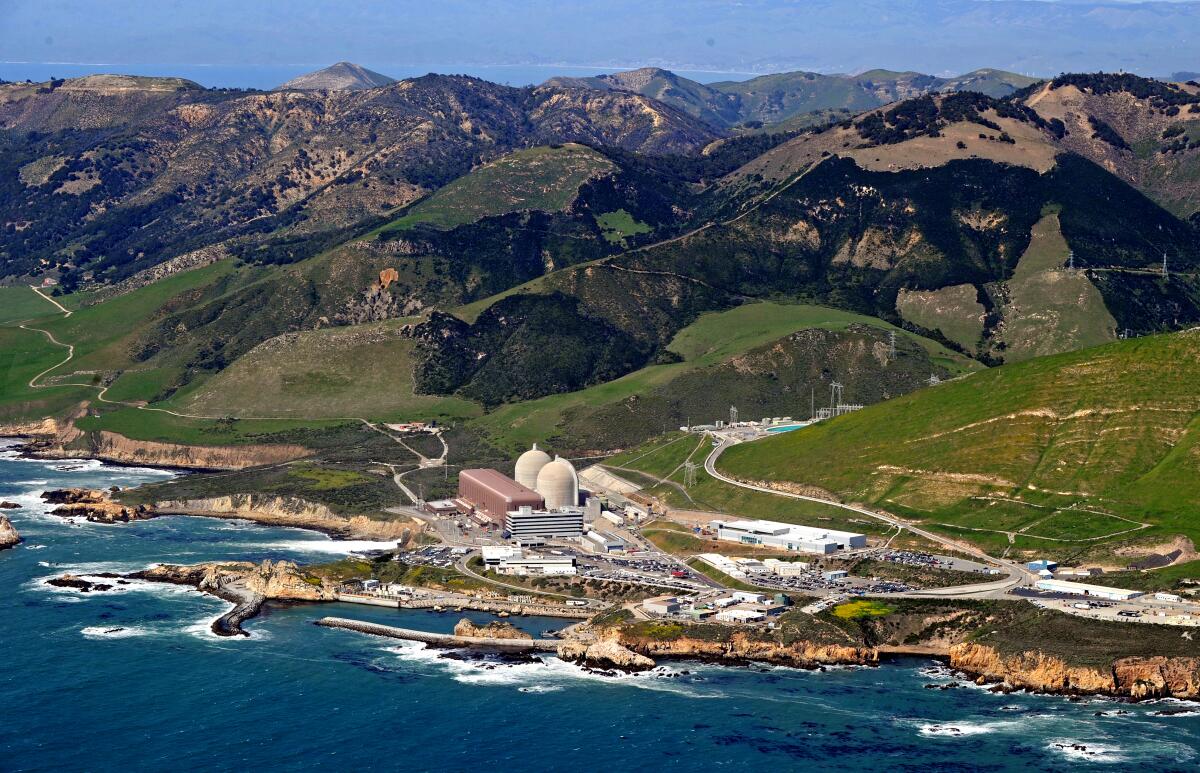
ME: I want to bring in Sen. McGuire. A lot of these power grid decisions get made by regulatory agencies, including the decision to keep running gas-fired âpeakerâ plants that are only needed when energy demand is high. What is the Legislatureâs role in making sure we keep reducing emissions and also keep the lights on?
MIKE MCGUIRE: No. 1, this legislature, the governor and the Public Utilities Commission have to hold the utilities accountable when it comes to their vegetation management and hardening their infrastructure.
I live in PG&E territory, and Iâll be candid: Americaâs largest utility is one of the most dysfunctional utilities, unfortunately, in the nation. And itâs incredibly frustrating because what weâre going to see, based on their lack of vegetation management in the most high fire-risk zones, is the same communities in Northern California hit year after year after year for the next 10 years.
No. 2, we canât end our reliance on the peaker plants immediately. We get rid of peakers and the lights go off, and thatâs simply unacceptable. We have to continue adding alternative sources of energy, and expediting that.
ASHLEY ZAVALA: With Gov. Gavin Newsom facing a recall election, some observers are making comparisons to the early-2000s energy crisis, when power outages helped fuel the recall of then-Gov. Davis. Are those comparisons fair?
SUSAN KENNEDY: I donât think so. I think people understand this is a very different situation. Twenty years ago, the blackouts were the product of government failure, government incompetence. Everyone knew they should not have been occurring. And no one was prepared. We werenât sensitized to turning things off and living without electricity for periods of time.
Weâre now in year two or three of blackouts that are the result of environmental events, fire and weather. I live in Sonoma, and I bought a very expensive generator, so Iâm now not as fearful when the power is going out for seven or eight hours, or days when the wind kicks up and the heat is there. I think people are a little more resilient and resigned to it because of the fires.
FOSTER: I was the point person for Edison in 2000-2001, and this is entirely different. This is not Gov. Newsomâs problem. He didnât create it. He needs to solve it, but I would urge everybody to be a little understanding. The governorâs not the guy out there with the hard hat building the plant or putting up solar systems or putting in batteries.
ME: The word âcrisisâ gets thrown around a lot when we talk about power shortages. Iâve certainly used it. But when you look at the numbers, on August 14 we had about half a million utility customers lose power for two and a half hours at most. The next day we had about 300,000 lose power, and nobody for longer than 90 minutes. How big a crisis is this?
KENNEDY: Itâs not a crisis. Weâre now the equivalent of many third-world countries where weâre used to having the power go out for hours at a time. That was unheard of 20 years ago. The first time I heard the words, âUtilities are expecting brownouts,â it was the end of 1999, and we all looked at each other and said, âBrownouts?â We didnât even understand the concept of brownouts in the state of California, the fifth-largest economy on the planet.
For the last 20 years, regulators have been balancing cost, emissions and reliability. We make a decision that weâre going to reduce costs, and reliability suffers, or emissions suffer. We make a concerted effort to reduce emissions, and costs go up. And we only chase those problems when they break the system. We have to recognize that itâs a constant balancing act.
MCGUIRE: We have two challenges. One is the challenge of having the necessary supply on the hottest days in July, August, September. But we also need to focus, especially in PG&E territory, on the blackouts weâre seeing because of fire danger. Some of the poorest communities are suffering because of the negligence of this utility.
In 2019, there were some areas in the North Coast that lost power 14 out of 30 days. Schools shut down. The economy came to a stop. The most medically vulnerable didnât have access to their medical equipment. This is not only unheard of, itâs unacceptable. Weâre the fifth-flipping-largest economy in the world, yet we canât keep the damn lights on.
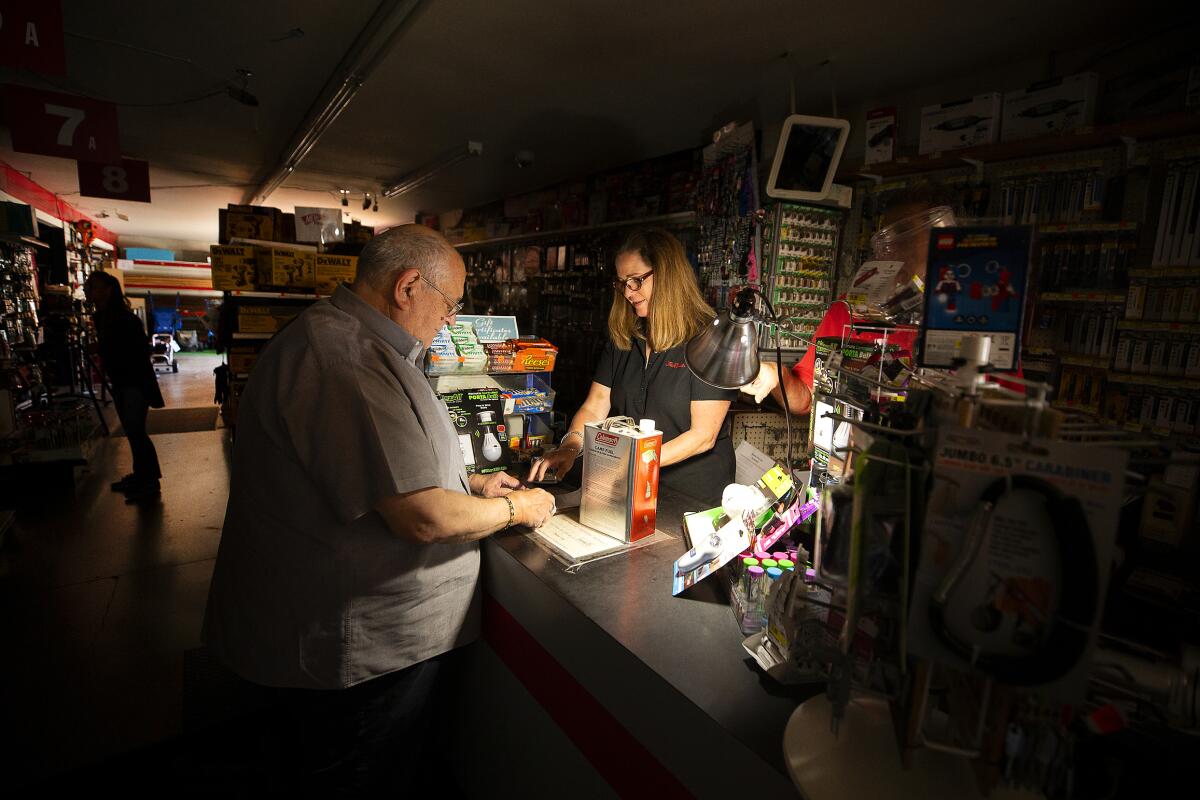
ZAVALA: We all learned last summer how heavily California relies on out-of-state power. What will it take to move away from that and become more self-sufficient?
MAINZER: California is likely to have a significant dependence on imports from out of state for quite a period of time. And thatâs a phenomenon thatâs existed for many, many years, and itâs not entirely a bad thing if the different sub-regions of the West take care of business and make sure they have resource adequacy.
But California needs to be acutely sensitive to the fact that if we continue to see these types of heating events that we saw last summer â and it gets hot in Sacramento and Phoenix and Spokane and Portland and Salt Lake City at the same time â then thereâs not as much power. So we have to have contingency plans and other capabilities during those periods.
And I want to mention demand flexibility. This summer youâll see a lot of messaging about the things consumers can do from 4 p.m. to 9 p.m. Turning their thermostats up just a little bit, assuming their health can handle it. Reducing the use of those heavy appliances, turning off unnecessary lights. That kind of aggregated capability can be a real difference-maker.
FOSTER: We should not look to be energy self-sufficient. Look at the recent debacle in Texas, and the huge power outages there. Texas has almost no interconnections with other states â they wanted to be free from federal jurisdiction, and itâs created a real problem. They had no help when they needed it. You want some out-of-state power. You want some flexibility.
***
On that note, hereâs whatâs happening around the West:
TOP STORIES
A powerful investigation by BuzzFeed News finds that Texas officials wildly underestimated the number of deaths caused by blackouts during Februaryâs cold snap. Between 426 and 978 people likely died as a result of the catastrophic power grid failure, according to a data analysis conducted by reporters Peter Aldhous, Stephanie M. Lee and Zahra Hirji. And as deadly as cold weather can be, extreme heat is also increasingly dangerous as the planet warms. A new study examining heat deaths over the last three decades concluded that more than one-third were caused by climate change, as the APâs Seth Borenstein reports.
Hoover Dam, a symbol of the modern West, is facing its greatest test since Lake Mead was filled in the 1930s. The Arizona Republicâs Ian James recently toured the dam with photographer Mark Henle and explored how the drop in water levels will affect us in the coming months. Ian also wrote about what the National Park Service is doing to keep boat ramps accessible as Lake Mead recedes, including the use of âpipe matsâ made of repurposed steel pipes from decommissioned coal-fired power plants.
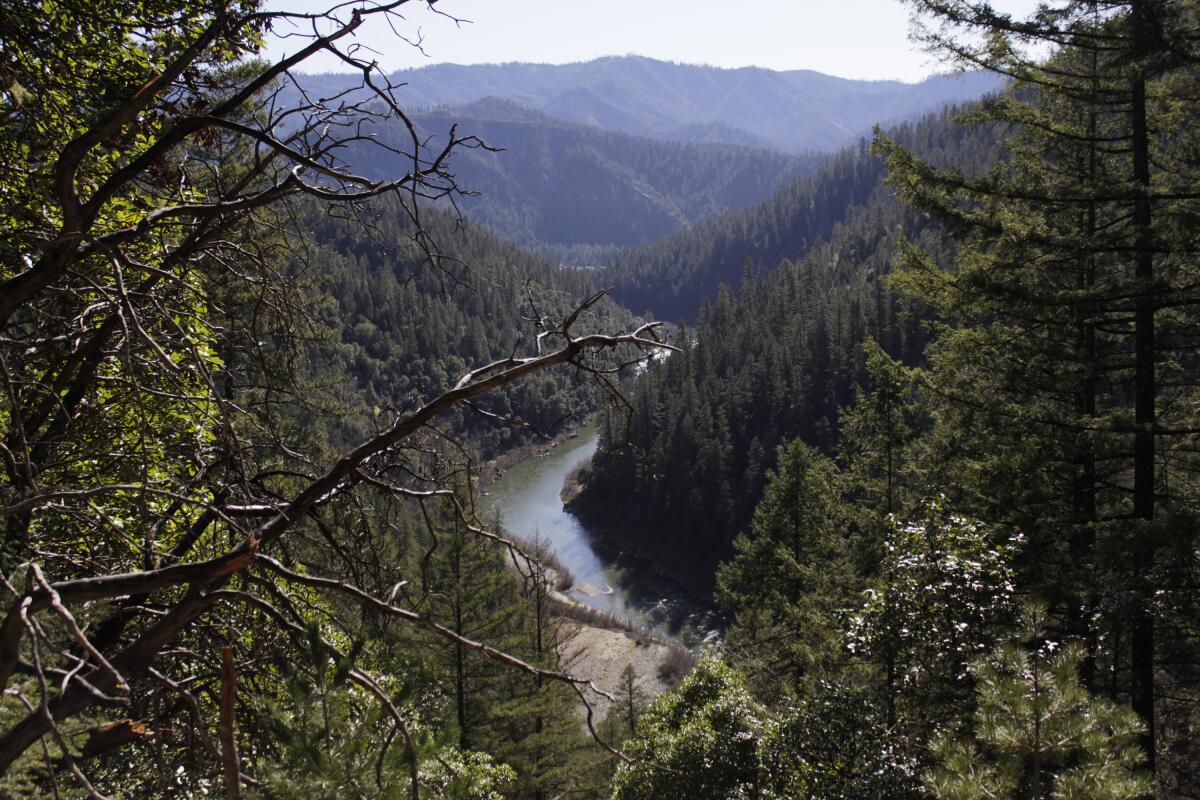
Things are getting scary in the Klamath Basin, along the California-Oregon border, as some farmers threaten to storm a federal irrigation canal to force it open. Theyâre working with a group with ties to anti-government extremist Ammon Bundy, Ryan Sabalow reports for the Sacramento Bee. Farmers are far from the only ones suffering as water grows scarce. Baby salmon are washing up dead en masse on the Klamath River, devastating the Yurok Tribe, as Anna V. Smith writes for High Country News.
HOW WE GET AROUND
L.A. Times columnist Steve Lopez wanted to buy an electric car but ended up going with a plug-in hybrid. His explanation of why â a combination of range anxiety, the difficulty of upgrading his home power supply and concerns over the environmental impacts of battery production â is a valuable read for anyone who cares about the climate crisis. Also worth reading? This piece by my colleague Priscella Vega on L.A. Countyâs plans for free public transit for students and low-income riders, and this piece by Liam Dillon on the county not killing a proposed expansion of the 710 freeway through low-income Latino neighborhoods.
Car-friendly San Diego County, meanwhile, is planning a $160-billion high-speed rail expansion aimed at making public transit an equally fast way to get around. The plan is designed around increasingly dense, walkable urban hubs, although slowing population growth could affect that vision in ways that are hard to predict, per the San Diego Union-Tribuneâs Joshua Emerson Smith. Whatâs not hard to predict is that some local officials will do everything they can to keep the suburbs unchanged.
Oil companies and labor unions are trying to kill new rules that would reduce air pollution in the East Bay. The Chevron refinery in Richmond and the PBF refinery in Martinez spew lung-damaging emissions into mostly low-income Black and brown neighborhoods, with an asthma rate in Richmond that is twice the state average. Bay Area officials are debating a regulation that would help clean the air, the San Francisco Chronicleâs Joe Garofoli writes, although a vote scheduled for Wednesday was delayed.
POLITICAL CLIMATE
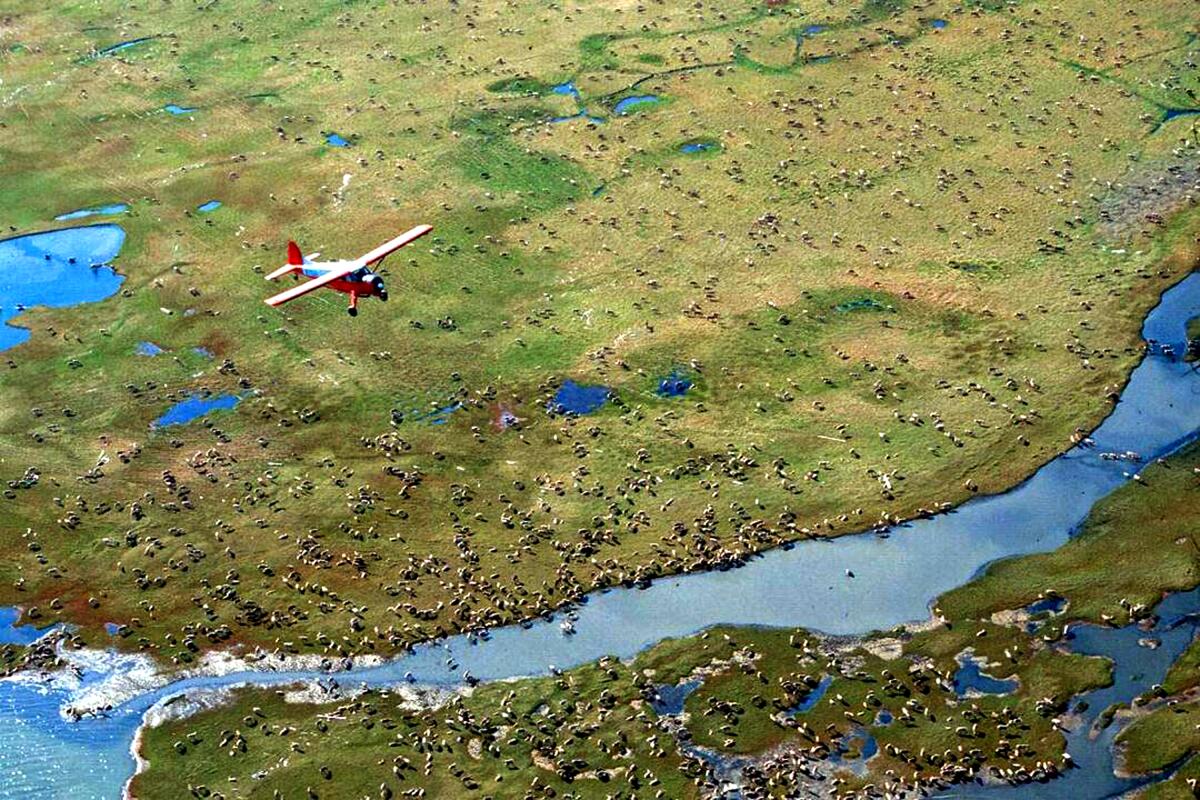
President Biden is blocking new oil extraction in Alaskaâs Arctic National Wildlife Refuge, at least for now. The Interior Department will do more environmental analysis before deciding whether to grant drilling rights sold in the final days of Donald Trumpâs presidency, Bloombergâs Jennifer A. Dlouhy reports. But elsewhere, the Biden administration has defended new fossil fuel leases in court and declined to shut down the Dakota Access pipeline. Itâs part of a delicate political balancing act in which Biden is trying not to alienate a handful of moderate Republicans and Democrats in the Senate, the New York Timesâ Lisa Friedman writes.
The âticking climate time bombâ that is the Permian Basin presents another challenge for the Biden administration. Voxâs Rebecca Leber wrote about the presidentâs options for slashing methane emissions from the nationâs largest oilfield, which spans west Texas and southeast New Mexico and is full of companies trying to dig up more fossil fuels and ship them overseas.
âThey were expert hunters, gatherers and basket weavers who lived for thousands of years on a trade route over the Sierra Nevada connecting them with the rest of California.â Despite that history, the Mono Lake Kutzadika Paiute people have spent 150 years struggling to gain federal recognition as a distinct Native American tribe. So itâs a big deal that Rep. Jay Obernolte (R-Big Bear Lake) has introduced a bill that would give them recognition. More details here from my colleague Louis SahagĂşn.
Toward a more sustainable California
Get Boiling Point, our newsletter exploring climate change, energy and the environment, and become part of the conversation â and the solution.
You may occasionally receive promotional content from the Los Angeles Times.
THE ENERGY TRANSITION
A Colorado ski resort partnered with the âotherâ Koch brother to capture methane from an abandoned coal mine and use it to generate electricity. The Washington Postâs Annie Gowen has an interesting case study of one possibly strategy for slashing methane emissions, although burning the stuff for electricity does generate carbon dioxide (which traps less heat but is still bad). I also enjoyed this Grist piece by Maddie Stone on the cool idea of harvesting rare earth metals critical to the clean energy transition â such as dysprosium! â from coal waste, which the Biden administration is putting a bunch of money into researching.
Iâm very confused by whatâs going on in Arizona, where officials have backtracked on their plan to backtrack on a 100% clean energy requirement. The latest rules adopted by regulators call for a 100% zero-carbon power supply by 2070 rather than 2050, the Arizona Republicâs Ryan Randazzo reports. Thatâs decades later than experts say is needed to avoid the worst impacts of climate change. Also, the new (new) rules canât be finalized until another vote in the fall, so this could all change yet again.
Why did Sunrun, the countryâs largest rooftop solar installer, refuse to cancel a 25-year contract signed by a 91-year-old woman under questionable circumstances weeks before her death? L.A. Times columnist David Lazarus posed that question to the company, and lo and behold Sunrun changed course and agreed to end the contract. This is a great example of journalism getting results. Itâs also a reminder that the clean energy transition comes with plenty of pitfalls that need to be avoided.
ONE MORE THING
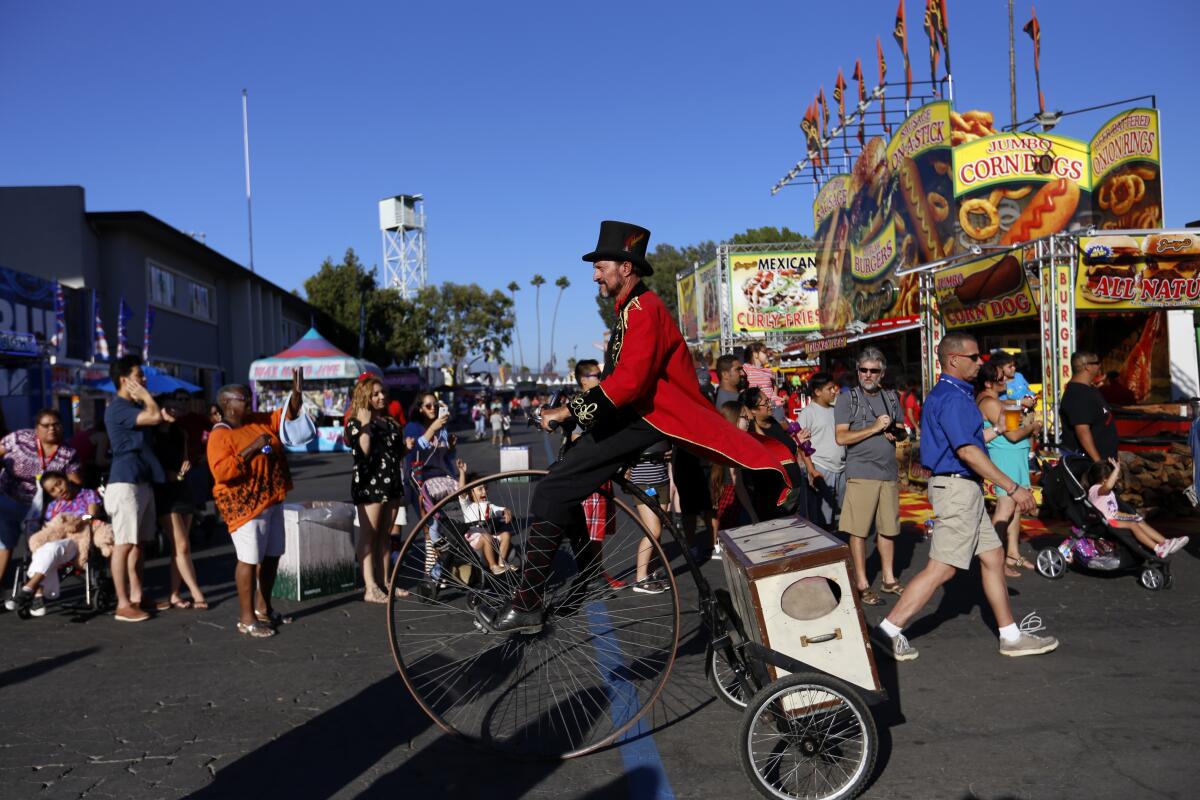
The L.A. County Fair has been held in Pomona every September for nearly 100 years. But organizers have struggled to keep guests cool as temperatures rise. Theyâve spent hundreds of thousands of dollars on shade areas, umbrella tables and water misters.
Now theyâre throwing in the towel. My colleague Hugo MartĂn reports that the fair is permanently moving to May.
Itâs not like this will cause terrible economic disruption or put people out of work. Angelenos are perfectly capable of enjoying a fair over Memorial Day weekend instead of Labor Day weekend. But the move is a reminder that global warming is everywhere, affecting decisions big and small and influencing our lives in unpredictable ways. And the changes are only beginning.
Weâll be back in your inbox next week. If you enjoyed this newsletter, please consider forwarding it to your friends and colleagues.




